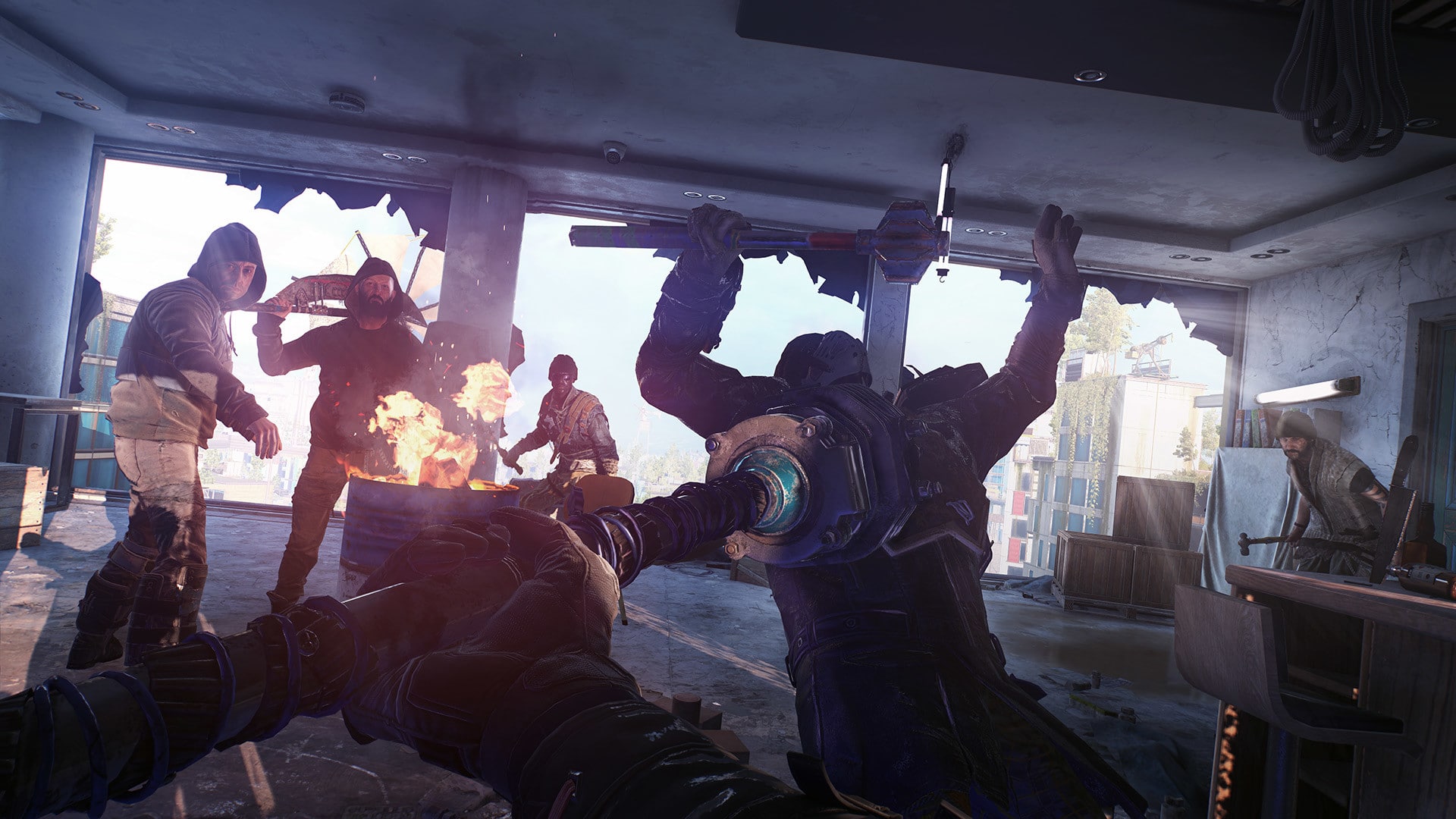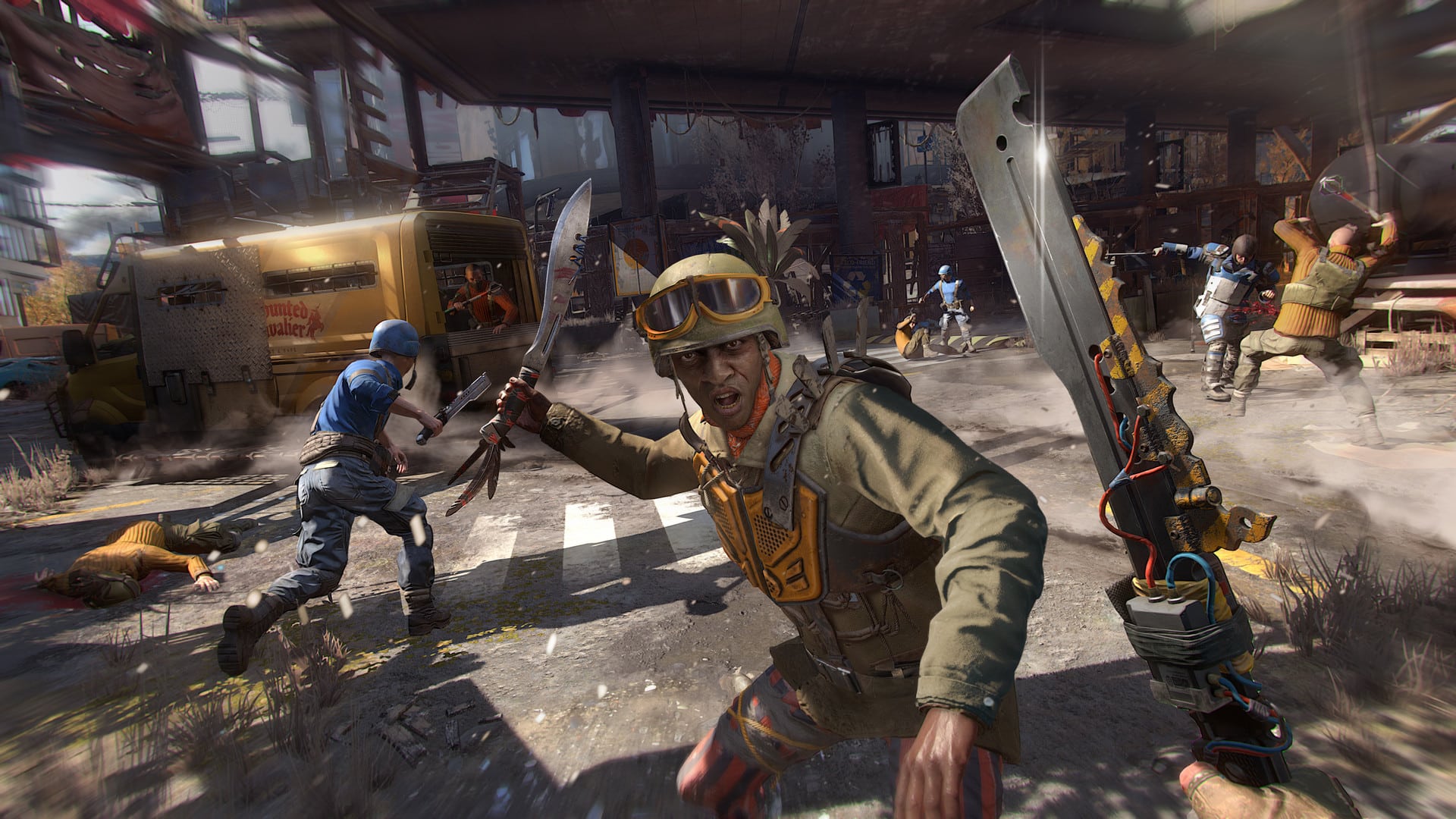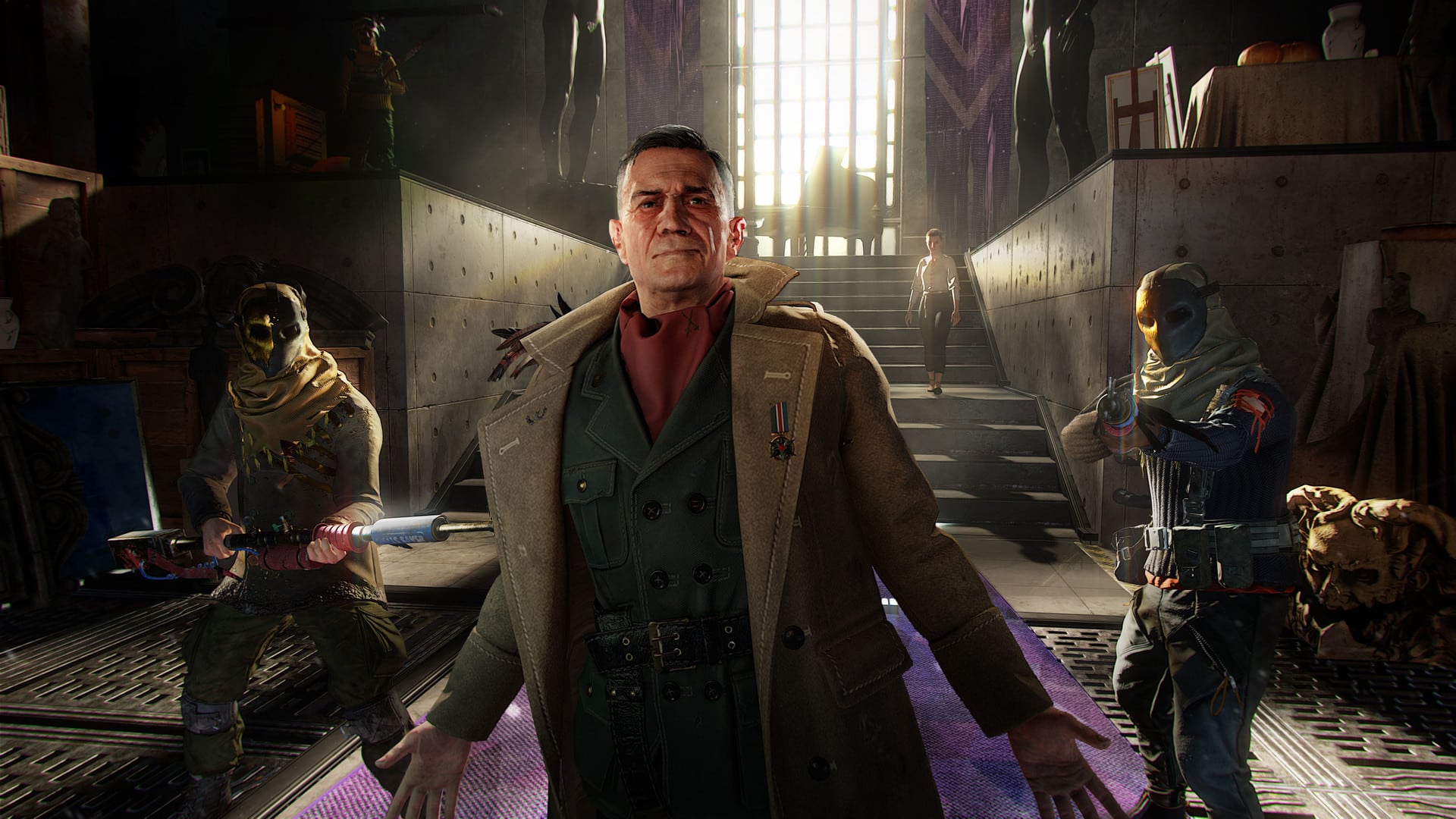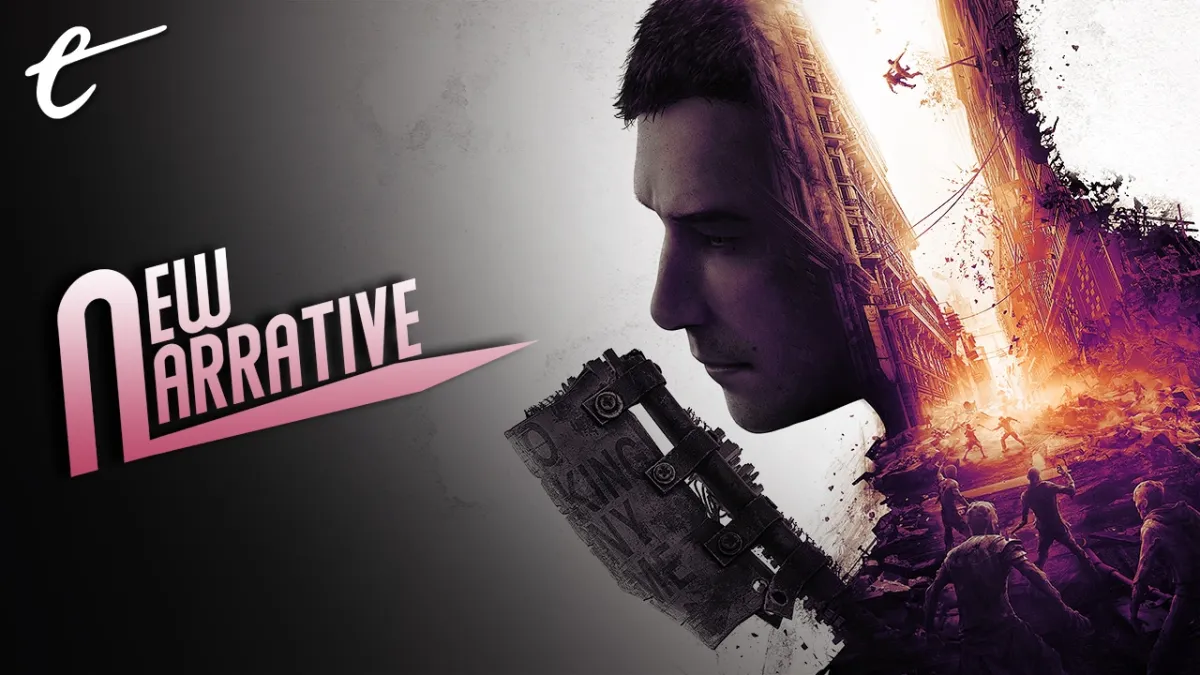The 2018 “Choice and Consequence” trailer and E3 demo for Dying Light 2 promised complex decisions that dynamically shape the rest of the game’s narrative and the world around the player. It’s a lofty goal that has been attempted by plenty of video games before but rarely delivered. However, things looked promising with Chris Avellone on the team. Avellone worked on Fallout 2, Fallout: New Vegas, Planescape: Torment, and Star Wars Knights of the Old Republic II: The Sith Lords, amongst many other narrative heavyweights that realized well-written stories and difficult choices in complex, fleshed-out worlds.
Three and a half years is a long time, especially during a pandemic, and it’s understandable that developer Techland might have wanted to distance itself from Avellone’s work. Nonetheless, the end result is disappointing. All the more so because you can see echoes of that 2018 demo in almost every facet of the finished product and realize that it very nearly could have been something quite spectacular.
The main problem with Dying Light 2’s structure is not the poorly written dialogue or the meandering story that feels like it’s seen repeated changes and heavy editing over the years. It is the shallow faction setup that leaves little room for the “shades of gray” approach that the 2018 demo suggested.
Dying Light 2 has just two main factions: the Peacekeepers and the Survivors. The Peacekeepers are a run-of-the-mill paramilitary group. They are disciplined, well-trained, well-equipped, and generally capable of maintaining order and security, but at the price of a rigid hierarchy and ruthless authoritarian repression. They are, in other words, Dying Light 2’s budding police state. Meanwhile, the Survivors are an equally run-of-the-mill ragtag band of communitarians under the direction of charismatic leaders for whom the ends – the preservation of their faction’s fraternity and freedom – justify the means.

We’ve met these binaries not just in other games, but in other zombie games. The excellent The Walking Dead: Saints & Sinners juxtaposes the Tower and May Benoit’s Exiles – factions loosely analogous to the Peacekeepers and the Survivors respectively. The Last of Us Part II has the Washington Liberation Front and the Seraphites. Days Gone pits the oppressive governmental National Emergency Response Organization against various survivors in the game’s open world.
We are likewise already familiar with the complexities of the faction leaders in Dying Light 2. The Peacekeepers’ Aitor is a brute, for instance, but he is also a man of his word and misses his family. Meanwhile, the Survivors’ Carl preaches equality and community, but he doesn’t hesitate to point out that you are on his turf or to string you up when there is a risk that you might turn into a zombie.
The trouble with the Dying Light 2 faction system isn’t necessarily that the factions and the characters that represent them are archetypes, but that there is nothing else to fill the gaps they leave. Take Fallout: New Vegas as a contrasting example. There are three main factions in New Vegas but over 30 minor groups and organizations, from unknown gangs to local branches of the franchise-spanning Brotherhood of Steel. The complexity of New Vegas’ lore emerges from the properties each of these groups has, the player’s effect on these properties, and their interaction with each other.

For example, Caesar’s Legion is almost completely two-dimensional – mad fascists that base themselves on the Roman Empire and dress in football gear to resemble Roman centurions. And yet the depth of the game’s writing elsewhere affords room for Caesar’s Legion to be so absurdly extreme. For instance, the contrast between the Legion and the New California Republic – a decadent liberal bureaucracy far removed from its humble beginnings as a small communitarian village in the first Fallout – is underscored by the complexity of the NCR and the ridiculous simplicity of the Legion.
Dying Light 2’s factions have neither the Legion’s deceptive simplicity, nor the NCR’s depth. The game’s other players – Waltz and Hakon, for instance – serve more to propel the story than flesh out the game’s politics. Meanwhile, the bandits roaming the city and occupying outposts represent gameplay opportunities rather than any serious story development.
The binaries are all the more frustrating given glimpses of what could have been. Assigning key locations to the Peacekeepers will paint the city blue and add additional defenses against the zombies, while assigning them to the Survivors will roll out red flags and add traversal tools like additional zip lines and airbags. Likewise, aspects of the story will change depending on your choices, sometimes with genuinely surprising twists.

Elsewhere, the city of Villedor props up Dying Light 2 with its own binaries: the rundown, zombie-infested streets versus the green, overgrown rooftops, the relative safety of daytime and the panicked, time-limited nighttime exploration, the detritus of modern civilization and the Modern Dark Ages lived in by the city’s inhabitants. The environment tells its own stories and presents a variety of gameplay choices.
Unfortunately, the choices are taken away just as easily as they are given. Roughly a third of the way into the main story, for example, you are asked to hand over an important item to a major character, who promises to use it to help you. It’s a moment that’s ripe for a binary choice – trust or don’t trust – but the game ironically forces you to hand over the item, the screen reduced to a single dialogue option.
Less consequential events can be similarly limiting. Early in the game, for instance, you are sent to retrieve a stolen item from a child. The child asks a steep price. Instead of the classic “lawful good” approach – pay the child the money so she can use it to look after herself and her brother – the game offers only two options: take the item by threat of violence, or haggle, even if you have the requested cash.
The net result of all this is a faction system that feels like it’s been carved out of previous iterations – at times offering curious intersections with Dying Light 2’s story and gameplay, but more often presenting overused, oversimplified, or downright puzzling and typically binary choices.






Published: Feb 9, 2022 11:00 am